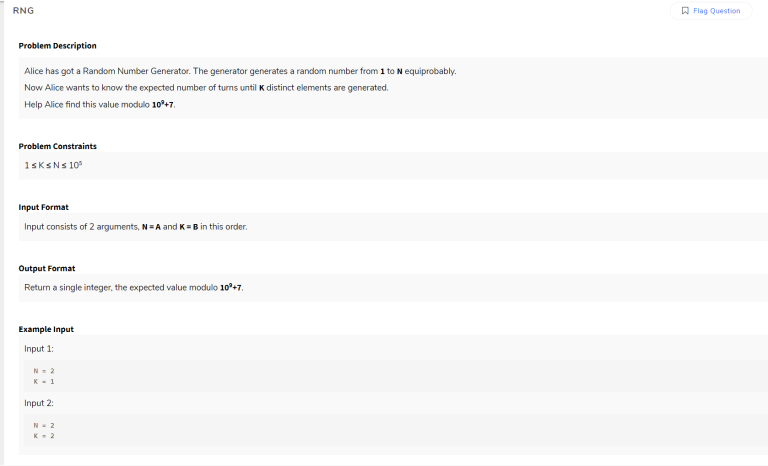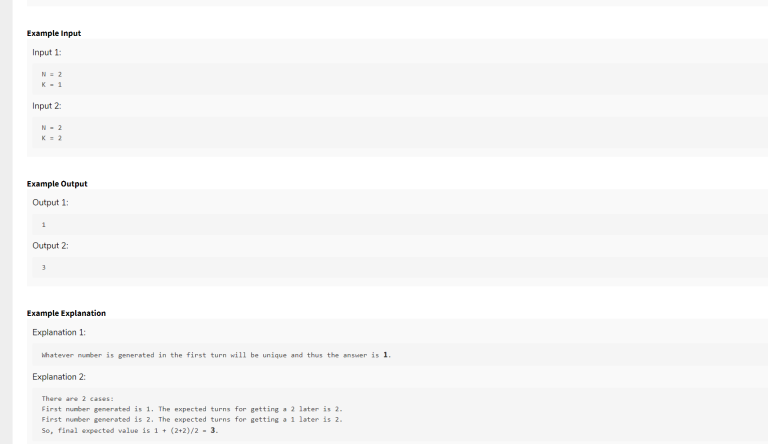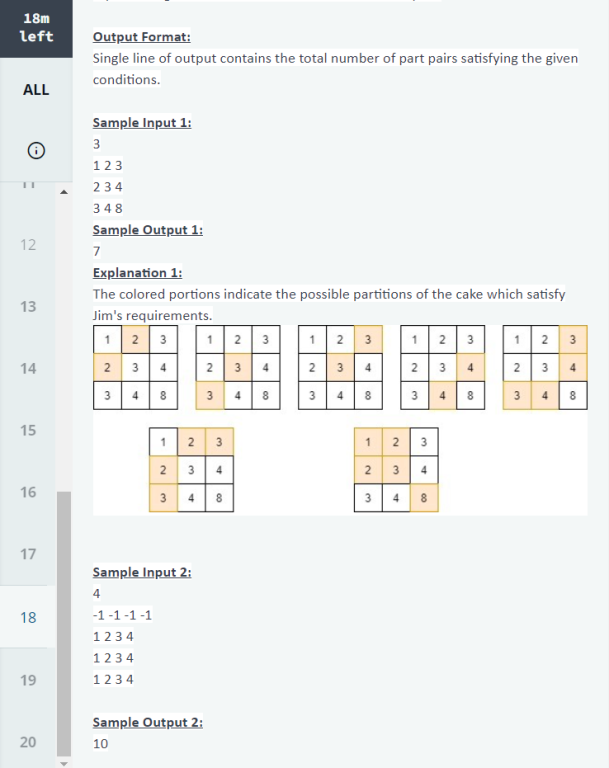Hi, I was trying to solve this standard problem on complement graph traversal. Following are 2 almost similar solutions where one TLE's and the other passes, I'm not able to see where is the inefficiency coming in for the TLE solution, is it the complexity or just poor implementation.
TLE SOLUTION
AC SOLUTION
I understand the complexity of the second solution is $$$\mathcal{O}((N+M)\log N)$$$ as the number of times we check if an edge is present or not is $$$\mathcal{O}(M)$$$, but I'd be grateful if someone can outline the issue/complexity with/of the TLE solution.














